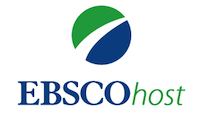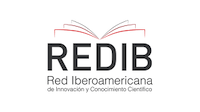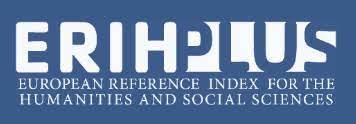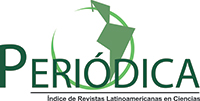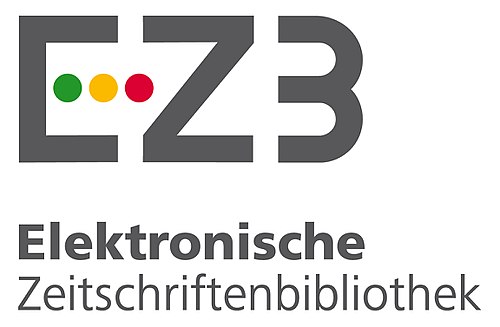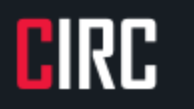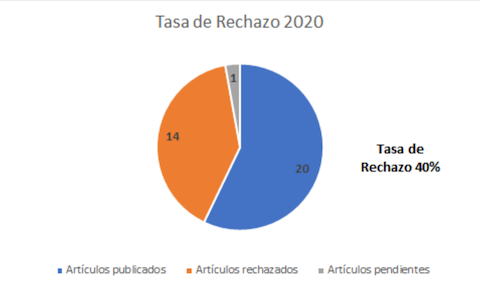Submissions
Submission Preparation Checklist
All submissions must meet the following requirements.
The text meets the style and bibliographic requirements presented in the Author Guidelines and About the Journal sections.
Acerca de la revista .- The submission has not been published elsewhere or submitted to any other journal (or an explanation has been provided in the Comments to the Editor section, if that is the case).r / a).
- The file has been prepared in OpenOffice, Microsoft Word, RTF o WordPerfect format.
- The form Presentation letter and license use has been completed, signed and attached as a complementary file during online submission. This form is a requirement for the evaluation process.
- Articles must be 6,000 to 10,000 words in length, including references and appendices; letter size (21.5 x 25 cm); Myriad Pro or Times New Roman font type; 1.5 line spacing; and 2.54 cm margins.
- The text has 1.5 line spacing, 12 points font size, uses italics instead of underlining (except for URLs), and each graph, figure and/or table is adequately placed within the body of the text, not at the end of the document.
- Title: must be included in Spanish, English and Portuguese. As a footnote, state the type of article, information regarding the research and other related data —research group, project registration, funding organization, and other relevant information. The title must have a maximum of 15 words. Authors must state the subject area of their paper.
- Abstract: must be included in Spanish, English and Portuguese, and have 150 to 300 words in length. The abstract of research papers should follow this structure: introduction, methodology, results, and conclusions. Research-based reflection papers present an “informative text that briefly and explicitly describes all the significant and relevant aspects of the article, through logical and linear relationships of the topics covered; this should include the results of the study.”
- Keywords: 3 to 6 in alphabetical order (consider thematic words provided by thesauri) and separated by a semicolon (;).
- Research papers must include the following sections: introduction (mention the research problem), methodology, results, discussion, conclusions, recommendations, and acknowledgments (optional).
- Cites and references follow the American Psychological Association (APA) standard, 7th edition.
- All figures, tables and equations must be consecutively numbered and cited within the text, following the APA standard, 7th edition.
- References must be in alphabetical order, following APA standard, 7th edition. 80% of sources correspond to peer-reviewed journal articles or books published by academic editorials. Besides, 70% of all sources have been published during the last five years.
- In a separate file include author(s) information, name and surname, brief curriculum vitae, institutional affiliation, e-mail and postal address (workplace address and/or mail address), contact phone numbers and academic or professional relation, and role within the production of the article (intellectual, experimental or writing of the paper) [https://www.publicacionesfac.com/_archivos/Carta_Presentacion.doc].
- Acronyms must be fully named the first time they are mentioned, with its abbreviation presented in brackets. Subsequently, only the acronym will be used. Acronyms previously introduced should be used throughout the text.
- Footnotes will only be used for adding relevant information.
- In case your submission goes into the peer-reviewing phase, Ciencia & Poder Aereo ensures an anonymous evaluation process.
- Whenever possible, URLs are provided for each entry in the list of references.
Copyright Notice
Assignment of Copyrights
Authors assign Ciencia y Poder Aéreo journal the exclusive rights (reproduction, distribution, public communication, and transformation) to exploit and commercialize their work, in whole or in part, in all the formats and modalities of present or future exploitation, in all languages, throughout the life of the work and throughout the world.
All contents published in Ciencia y Poder Aéreo journal are licensed under a Creative Commons Attribution 4.0 International License, whose complete information is available at http://creativecommons.org/licenses/by/4.0/
Under the terms of this license, users are free to download, print, extract, archive, distribute and publicly communicate the content of articles, provided that proper credit is granted to authors and Ciencia y Poder Aéreo, scientific journal of the Graduate School of the Colombian Air Force. Except when otherwise indicated, this site and its contents are licensed under a Creative Commons Attribution 4.0 International License.
For other uses not considered under this license it is required to contact the Director or the Editor of the journal at the e-mail address cienciaypoderaereo1@gmail.com.
The Graduate School of the Colombian Air Force and this publication are not responsible for the concepts expressed in the articles, including the metadata or the affiliation stated by authors. This is the full responsibility of the authors.

Creative Commons License
Authors assign Ciencia y Poder Aéreo journal the exclusive rights (reproduction, distribution, public communication, and transformation) to exploit and commercialize their work, in whole or in part, in all the formats and modalities of present or future exploitation, in all languages, throughout the life of the work and throughout the world.
All contents published in Ciencia y Poder Aéreo journal are licensed under a Creative Commons Attribution 4.0 International License, whose complete information is available at http://creativecommons.org/licenses/by/4.0/
Under the terms of this license, users are free to download, print, extract, archive, distribute and publicly communicate the content of articles, provided that proper credit is granted to authors and Ciencia y Poder Aéreo, scientific journal of the Graduate School of the Colombian Air Force. Except when otherwise indicated, this site and its contents are licensed under a Creative Commons Attribution 4.0 International License.
For other uses not considered under this license it is required to contact the Director or the Editor of the journal at the e-mail address cienciaypoderaereo1@gmail.com.
The Graduate School of the Colombian Air Force and this publication are not responsible for the concepts expressed in the articles, including the metadata or the affiliation stated by authors. This is the full responsibility of the authors.
Privacy Statement
Ciencia y Poder Aéreo, journal of the Graduate School of the Colombian Air Force, protects personal information and will make reasonable efforts to properly handle the information trusted. All the information collected, as well as related requests, will be treated with the same attention, in accordance with current regulations on the protection of personal data.
Collection of Personal Data
Under some circumstances, the journal may request personal data, such as name, e-mail address, institutional affiliation, telephone number, among others. Incumbents’ response to these questions is voluntary. Ciencia y Poder Aéreo will use this information to personalize users’ experience while browsing in our site and to personalize users’ interface with our electronic resources. You can visit our site without revealing any personal information.
Collection of Domain Information
Ciencia y Poder Aéreo also collects domain information for the analysis on the use of this site. These data allow us to better understand our users, readers, and other public visiting our site. Ciencia y Poder Aéreo will use this information to improve its functioning on the web. This information is gathered automatically and does not require any action from users.
Disclosure to Third Parties
Ciencia y Poder Aéreo treats users’ information as private and confidential and will not disclose any data to third parties without their consent. The only exception to this rule are the records necessary for Publindex and Crossmark platforms, which are aimed at the upright functioning of the Journal within the national and international scientific ecosystem.
Use of Cookies
Some pages on this site may use cookies, which are small text files placed on your hard drive for identification purposes. These are used for site registration and customization the next time you visit us. You should be aware that cookies cannot read data from your hard drive. Your web browser can allow you to be notified when you receive a cookie, giving you the option to accept or not. When not accepting cookies, some pages may not function fully, and you may not be able to access certain information in this site.
This statement may change with time, so please check back periodically. If you have any concerns about how your information is used or questions about the privacy policy, do not hesitate to contact us.


